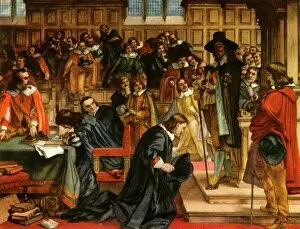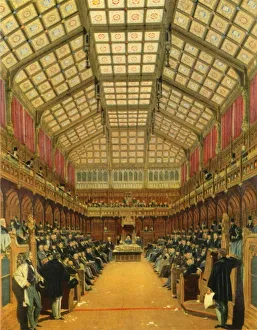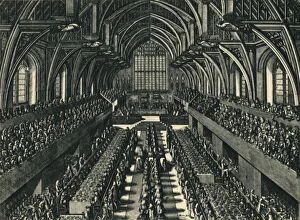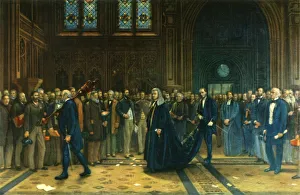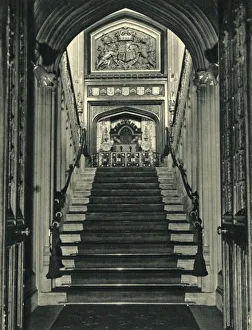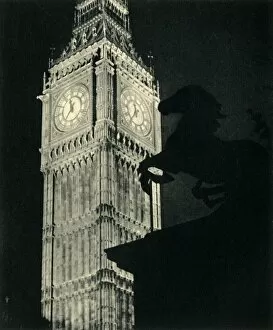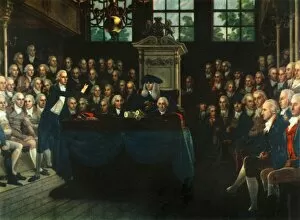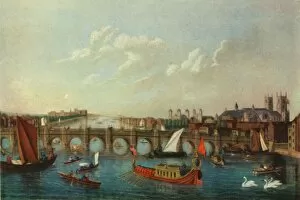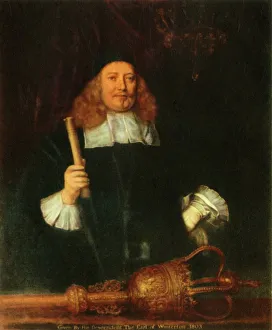Sir Martin Lindsay Collection
Sir Martin Lindsay was a prominent figure in British history, known for his significant contributions to the political landscape
All Professionally Made to Order for Quick Shipping
Sir Martin Lindsay was a prominent figure in British history, known for his significant contributions to the political landscape. Born in the mid-19th century, Lindsay witnessed pivotal moments that shaped the nation's governance. In 1850, Sir Martin Lindsay observed Charles I and Speaker Lenthall engage in a historic debate within the House of Commons. This encounter showcased the power dynamics between monarchy and parliament, highlighting Lindsay's fascination with politics. Throughout his life, Lindsay continued to immerse himself in parliamentary affairs. In 1858, he witnessed a lively debate unfold within the House of Commons. The atmosphere was electric as politicians passionately argued their positions on crucial matters affecting the nation. Lindsay also had an appreciation for historical events that unfolded within Westminster Hall. He marveled at scenes such as James II's coronation dinner in 1685 and William Pitt addressing the Commons in 1793. These grand occasions displayed both regal splendor and democratic discourse—a juxtaposition that intrigued Sir Martin Lindsay. As an admirer of London landmarks, Sir Martin found solace gazing upon Big Ben at nightfall in 1947. Its iconic presence symbolized stability amidst turbulent times—an enduring reminder of Britain's resilience. Lindsay's interest extended beyond politics; he appreciated artistry too. He admired Wenceslaus Hollar's depiction of The Trial of Earl Strafford—a powerful image capturing justice being served within Westminster Hall during tumultuous times. Exploring New Palace Yard and its entrance to Westminster Hall allowed Sir Martin to witness firsthand how architecture intertwined with history—each step echoing centuries-old stories etched into stone by those who came before him. The river Thames held its own allure for Sir Martin Lindsay—the Royal Barge gliding gracefully along its waters transported him back to c1751 when Samuel Scott painted this scene. It evoked a sense of majesty befitting a nation steeped in tradition yet always evolving.

